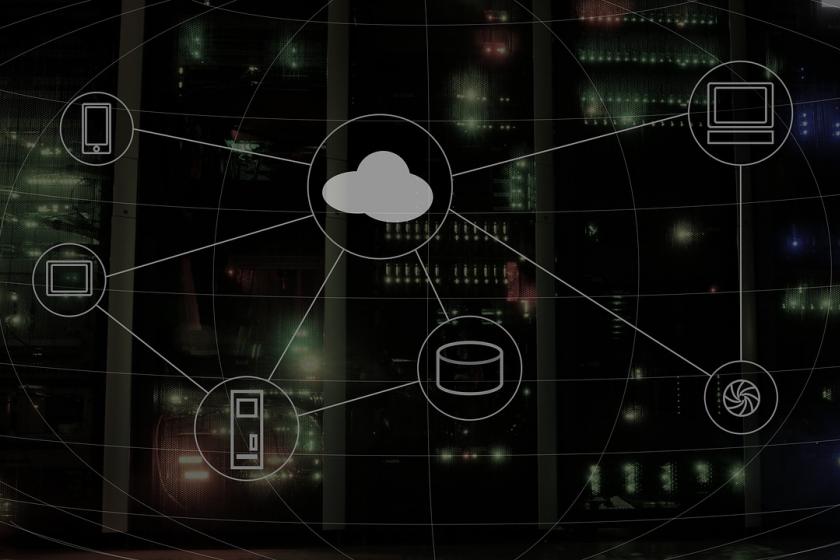Do Private Data Centers Make Sense Anymore?
What becomes of private data centers as hybrid architecture continues to evolve and redefine the norm?
May 21, 2021

Hybrid architectures have been a popular choice for enterprise organizations for years, but a mainstay of such infrastructure might be facing its sunset.
While the rational for a split public/private infrastructure may still exist, the logic behind doing so is dwindling thanks to new service models offered through public cloud service providers (CSPs). Let’s look at reasons why enterprises still choose to operate private data centers in 2021, the downside of going this route, and why new edge computing solutions may signal the end of the private data center.
Why Do Enterprises Own/Operate Private Data Centers in 2021?
Years ago, IT decision makers steered away from public clouds for a variety of reasons. This often included concerns about data security, high availability, performance, lack of legacy/homegrown application support, and unexpected costs incurred when public clouds are not properly managed.
Over time, most of those concerns were either debunked or addressed by public cloud providers. For example, most IT professionals today consider public cloud infrastructures to be as secure as private data center alternatives, if not moreso. Additionally, public clouds have grown far more resilient and flexible when it comes to legacy/homegrown application support. Finally, cloud management tools have gotten increasingly better when it comes to estimating monthly service costs and automating processes to minimize out of control spend.
For most, the singular private data center benefit we’re left with centers on application performance. Applications that require large amounts of bandwidth or low latency transport often do not fair well when deployed inside traditional public clouds. This is especially true when end users are directly connected to their local LAN, which also houses the organization’s private data center. Both throughput and latency are likely to be superior on the local LAN and public clouds will always struggle with applications that require high levels of network performance. The primary reason for this relates to geographic distances between application users and the public cloud data centers that a CSP operates.
Read the rest of this article on InformationWeek.
Read more about:
Data center modernization
